The early years of the 3-inch 20 gauge were discussed in the last issue. These lasted until World War II, at which time the cartridge should have disappeared, because it had been no more than a fad among a bunch of wealthy duck hunters. All the stories about it producing large bags and amazing long-range shots were just that, stories, and an example of the fact that scatter gunners tend to remember the hits while forgetting the misses. Indeed, the 3-inch 20 gauge is not, nor can it ever be, anything but a common 16 gauge that is maybe a bit slimmer and a few ounces lighter. It takes these advantages back, however, in recoil when the trigger is pulled on a cartridge containing a shot charge equal to that of the 16 gauge.

Unfortunately, the long 20 was not cashiered – due to a continuing interest/curiosity and the fact that there were a number of expensive double guns being used by “people who knew people” in the gun and ammunition business. Not only did Parker Bros. and A.H. Fox chamber these shotguns, but also Winchester offered the Model 21 with 3-inch chambers on special order from 1932 to 1949. Winchester chamberings included not only 12 and 20 gauges, but 16 gauge as well. At least Winchester and Peters loaded the roll-crimped ammunition. The 3-inch 16 had to have been the creation of someone looking for something to create!
Mercifully, the long 16 was quickly gone, but the 3-inch 20 gauge lived on. Folks with shotguns so chambered have written that Remington ammunition was available quickly after World War II, though this may have been old stock warehoused during the war. Remington did list one paper-cased 3-inch, 20-gauge load in its 1958 catalog. This was a 31⁄4 dram equivalent, 11⁄4-ounce loading of either No. 2, Nos. 4, 6 and 71⁄2 shot. In 1957, Western Ammunition showed two 3-inch loads. One contained 11⁄8 ounces of No. 6 shot and the other 13⁄16 ounces of No. 4s. No powder equivalent or velocity was given, but the shot was copper-plated Lubaloy brand. Not to be outdone, Winchester began carrying 3-inch 20s by 1960, the two loads listed being exactly the same as Western’s. Unfortunately, several factors were now coming together that would permanently alter the 20-gauge shotgun, and none of them were for the better.
Diese Geschichte stammt aus der June - July 2017-Ausgabe von Handloader.
Starten Sie Ihre 7-tägige kostenlose Testversion von Magzter GOLD, um auf Tausende kuratierte Premium-Storys sowie über 8.000 Zeitschriften und Zeitungen zuzugreifen.
Bereits Abonnent ? Anmelden
Diese Geschichte stammt aus der June - July 2017-Ausgabe von Handloader.
Starten Sie Ihre 7-tägige kostenlose Testversion von Magzter GOLD, um auf Tausende kuratierte Premium-Storys sowie über 8.000 Zeitschriften und Zeitungen zuzugreifen.
Bereits Abonnent? Anmelden

OEHLER's New System 89 Chronograph
Measuring Bullet Performance Downrange
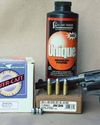
The Problem with Low Pressure Loads
Bullets & Brass
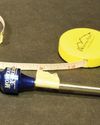
Measurements for Rifle Handloading
Handy Techniques for Accurate Ammunition
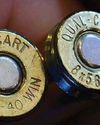
THE BRASS RING
In Range
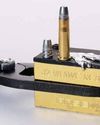
Semi-custom Bullet Moulds
Mike's Shoot in' Shack
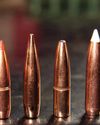
REVISITING THE 6.5 -06 A-SQUARE
Loading New Bullets and Powders
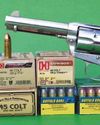
Cimarron Stainless Frontier .45 Colt
From the Hip
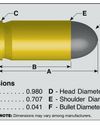
9x18mm Makarov
Cartridge Board
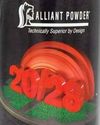
Alliant 20/28
Propellant Profiles
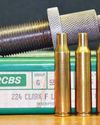
.224 Clark
Wildcat Cartridges